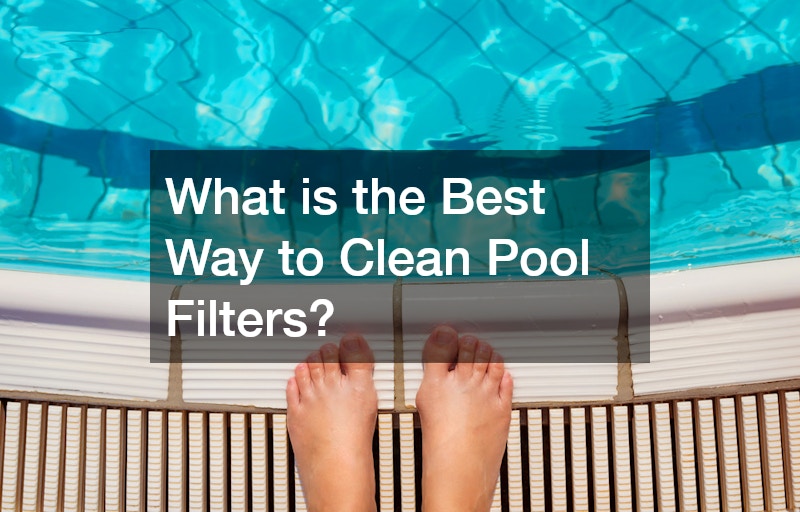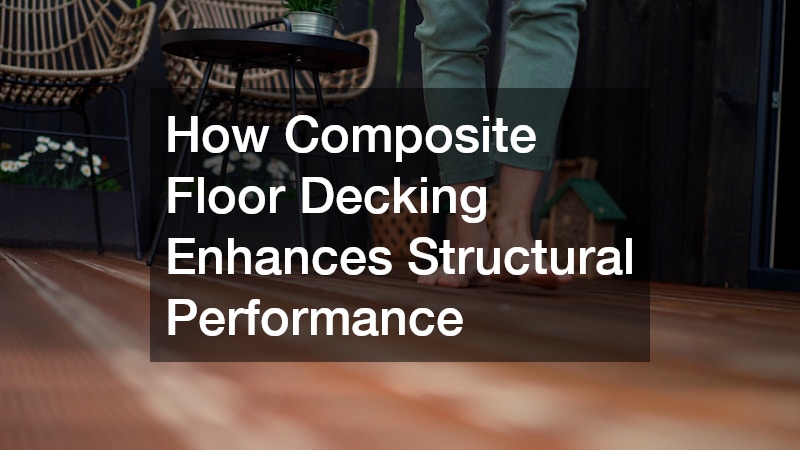Welcome to the ultimate guide for keeping your pool in pristine condition year-round. A crystal-clear pool not only enhances your backyard but also ensures a safe and enjoyable swimming experience. In this article, we’ll address the most common concerns pool owners face and provide actionable solutions.
How Often Should I Test My Pool Water?
Maintaining the proper balance of chemicals in your pool is crucial to keeping it safe and clean. The key elements to monitor include pH levels, alkalinity, and chlorine concentrations.
A well-balanced pool not only prevents irritation to swimmers but also aids in preserving your pool equipment. That is why it is extremely important to work with pool services companies that can stay on top of it even when you are busy.
Ideal pH levels range between 7.2 and 7.8, with alkalinity acting as a buffer to help stabilize this. When pH levels are too high or too low, it can lead to corrosion or scaling, affecting both comfort and safety. Chlorine levels should typically be between 1-3 parts per million (ppm) to effectively sanitize the pool water.
Imbalance in these chemical levels can lead to a host of problems, such as cloudy water or algae growth. Regular monitoring will help you catch imbalances before they become larger issues. By understanding these chemistry basics, you ensure a cleaner, healthier swimming environment.
Testing your pool water frequently can prevent potential issues and promote a pleasant swimming experience. As a rule of thumb, pH and chlorine levels should be tested daily, especially during peak swimming months. Testing alkalinity on a weekly schedule is generally sufficient unless heavy rain or usage affects the water balance.
During the swimming season, it’s a good practice to check the calcium hardness and cyanuric acid levels monthly. While daily and weekly tests prevent minor issues, these monthly checks protect against long-term damage to pool surfaces and maintain water quality. Seasonal adjustments, like increased testing before winterizing your pool, ensure nothing is overlooked.
By following a consistent testing schedule, you can catch abnormalities before they develop into significant problems. This planning also ensures that all swimmers enjoy clear and safe water throughout the swimming season. Consider investing in a calendar or logbook to keep track of testing regimes.
What is the Best Way to Clean Pool Filters?
Pool filters are essential for cleaning out debris and maintaining water clarity. The three main types—sand, cartridge, and diatomaceous earth (DE)—each have distinct operating mechanisms. Understanding how each type functions will help you choose the best option for your needs.
Sand filters trap debris particles in their sand bed as water passes through, requiring regular backwashing to remain effective. Cartridge filters use pleated polyester elements to filter particles and need thorough cleaning to ensure they do not clog. DE filters use a fine powder to cover grids, capturing the smallest particles, and often require replenishing the DE powder as well as backwashing.
Each filter type has its benefits, so aligning them with your pool’s specific needs will optimize performance. Knowing these differences not only saves costs but also ensures longer filter life. Consider your pool size, location, and maintenance capacity when selecting a filter.
How Can I Prevent Algae Growth in My Pool?
Preventing algae growth requires consistent and diligent maintenance routines. Begin with daily skimming of leaves and debris, which not only keeps the pool clean but also prevents blockages and algae build-up. Weekly or bi-weekly brushing of pool walls and floors is critical in removing algae spores before they manifest.
Vacuuming your pool weekly helps remove debris that could potentially harbor algae growth. Following the vacuuming, rinsing or cleaning the pool filters is vital to ensure the filtration system remains efficient. Regular water testing ensures that chemical balances are maintained, a key factor in algae prevention.
A proactive approach minimizes the effort needed in troubleshooting and cleaning, ultimately saving resources and time. Combining these maintenance practices fosters a healthy pool environment that deters algae growth. Establishing a routine checklist simplifies ongoing care and process consistency.
Maintaining a crystal-clear pool may seem daunting at first, but with the right knowledge and tools, it becomes a straightforward task. Regular testing, diligent cleaning, and preventive measures against algae are key to enjoying a safe and beautiful pool. Now that you’re equipped with these insights, you’re ready to tackle pool maintenance with confidence.




